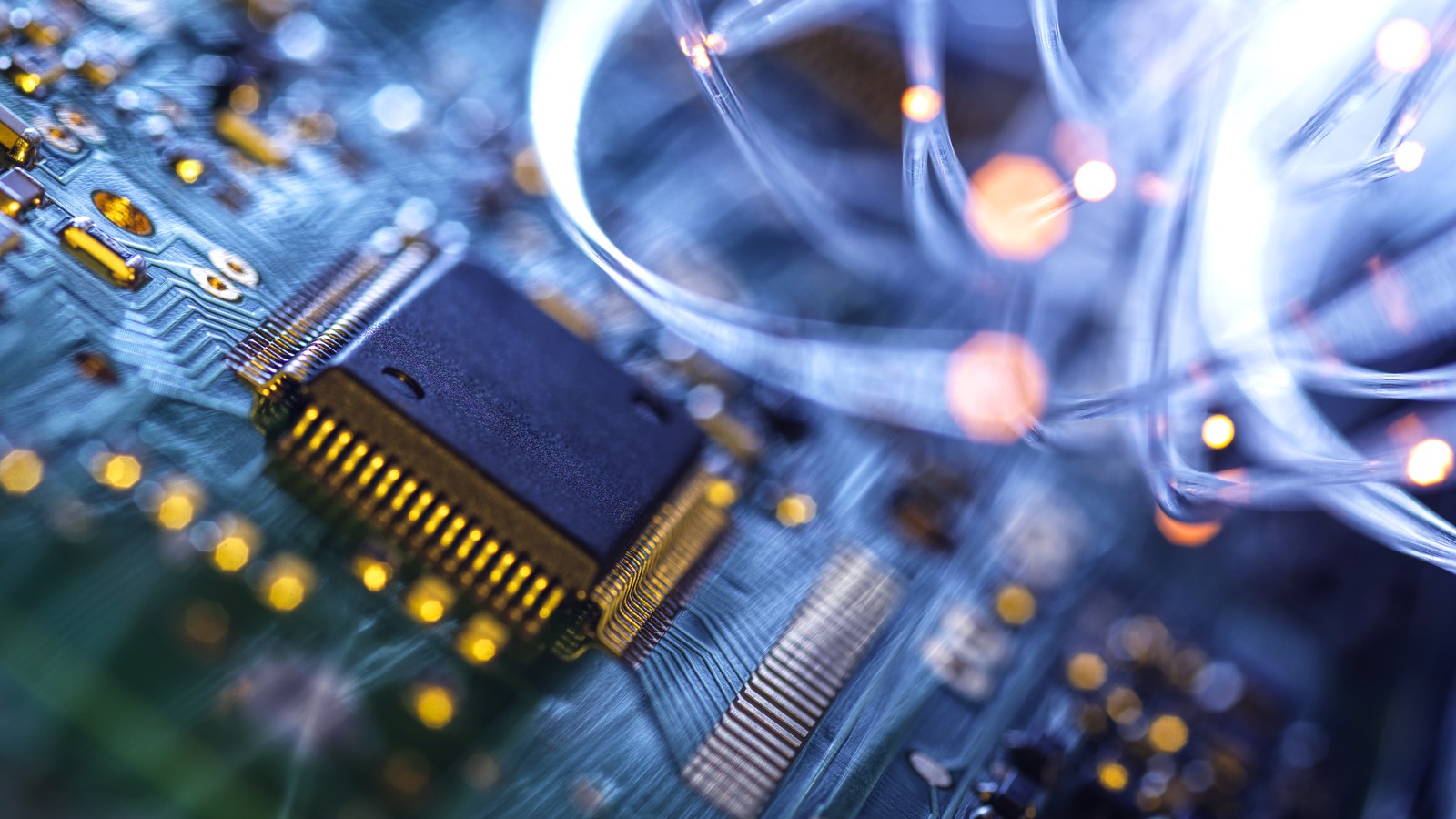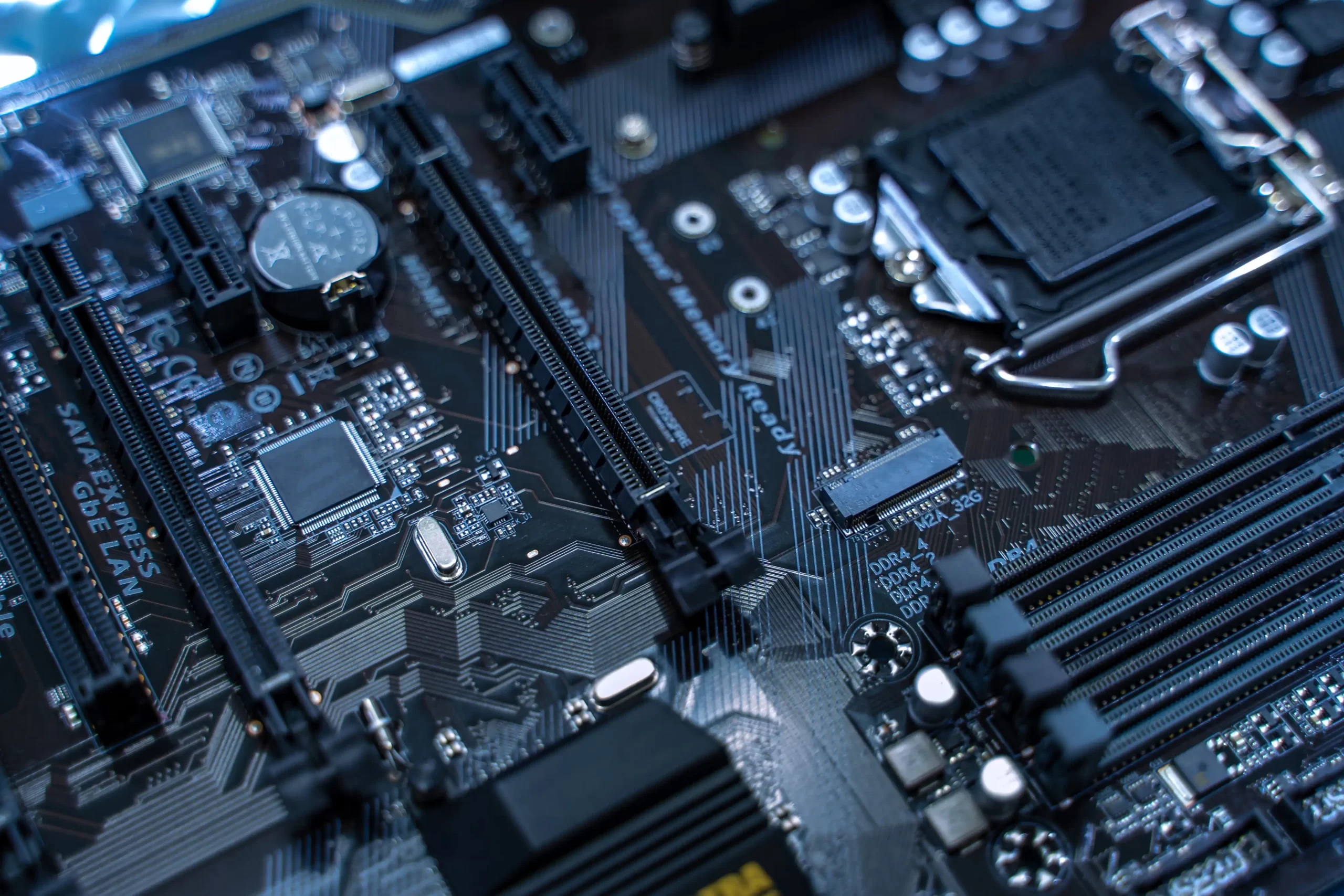Consider a motherboard as the base camp of an enormous organization. Without the central command, who should designate assignments to the excess workers? Furthermore, that is by and large the thing the motherboard is for. Check online dell motherboard prices in India. The focal center of a PC associates everything together.
Here is a top to bottom glance at what a motherboard is and the way that it capacities.
Table of Contents
What Is a Motherboard?
A motherboard is a circuit board with different parts that work as one to make a PC work
We’ve laid out that a motherboard is the central command of an enormous enterprise. Be that as it may, doubtlessly, the base camp isn’t the main imperative angle to making an organization effective. Very much like there are various parts of an organization, a motherboard includes various parts inside it that cooperate to send information to one another.
Structure Factor
The structure factor is essentially how a motherboard is framed, or the way in which it indeed looks in regards to its particulars (specifically size, shape, and format).
Take McDonald’s for example. While every one of McDonald’s eateries works the same way, some are set up in an unexpected way. Some have play focuses, extravagant self-requesting contact screens, and whole frozen yogurt machines.
It’s something similar to structure factors. While all motherboards work the same way, various models have various types of ports, aspects, and mounting openings. Well known structure factors include:
ATX: The prom sovereign of structure factors, the ATX is a well-known decision and elements huge aspects (most being 12 x 9.6 inches)
microATX: A more modest variant of the standard ATX with fewer boundaries
Scaled-down ATX: Smaller than the miniature adaptation, these are intended for versatile CPUs
Little ITX: Smaller than an ATX board (6.7 x 6.7 inches), the scaled-down ITX structure factors are calm and don’t utilize a ton of force
Nano-ITX: In between a Pico and Mini-ITX, this functions admirably with dainty gadgets
Pico-ITX: Really minuscule with a 3.9 x 2.8 in. aspect size and holds up to 1 GB
Other ended structure factors incorporate BTX, LPX, and NLX.
Chipset

The chipset permits information to stream between different parts, specifically the CPU, peripherals, ATA drives, designs, and memory.
It tends to be isolated into these two classifications:
Northbridge: Located on the “north” side of a chipset, it “spans” together with the accompanying parts: CPU, RAM, and PCIe
Southbridge: Located on the “south” side of a chipset, it “spans” together with the accompanying parts: BIOS, USB, SATA, and PCI
Consider a chipset like the CEO of a huge organization, with the Northbridge and Southbridge going about as the CFO and COO.
In business, these three C’s (or the C-Suite) cooperate inside the central command of an organization to assign errands to their subordinates. On account of motherboards, the C-Suite has included the enormous managers that ensure data is streaming between the subordinates (like the BIOS, CPU, RAM, and so forth.).
Computer chip Socket
This is essentially a little territory for the CPU to rest in. A CPU is a little square with a lot of pins and connectors under it that assist to decipher and communicate information done by the northbridge part of a chipset.
Consider the CPU like the overachieving office collaborator to a CFO/COO. The workplace colleague dwells in its own desk area (or for this situation, the CPU attachment) to execute different sorts of assignments.
It resembles a CFO/COO advising an office collaborator to plan gatherings, settle on telephone decisions, and go on espresso runs. The workplace colleague, or CPU, does these sorts of assignments (yet in a more numerical sort of way, as the CPU understands information and result guidelines).
Having a top-notch CPU (and office collaborator for the matter) means quite a bit to the general speed and proficiency of a PC.
Spaces
Consider spaces like various branches/divisions of an organization.
Most organizations have offices for things like promoting, HR, bookkeeping, research, and so forth.
Openings resemble these sorts of offices for a motherboard, with branches like:
Memory/DIMM Slots: Used for holding memory/RAM
PCI: Connects extension cards like video, organization, and sound cards
PCIe: An advanced form of PCI however with an alternate point of interaction that can work with practically any sort of development card
USB: Used for USB connectors like blaze drives, albeit not extremely normal
SATA: Used for optical/hard circle/strong state drives
Information Bus
Each of the parts referenced above wouldn’t work as one without the vital information transports that associate everything together.
Consider information transport as a type of correspondence.
So in an enormous organization, if the CFO/COO needs to guide an office associate, how might they go about it? Email? Telephone? An in-person discussion? It doesn’t make any difference for however long there is some type of correspondence going on.
It’s a similar thought with a motherboard. Every one of the parts sends information to each other through information transport.
Assembling Them: How It All Works
Whenever you turn your PC on, power is sent from the power supply onto the motherboard.
Information is moved by means of information transports and goes through the northbridge and southbridge parts of the chipset.
The northbridge part spans information to the CPU, RAM, and PCIe. The RAM starts to send contributions to the CPU, which “deciphers” these activities as a result. Information to the PCIe is then moved to an extension card, contingent upon which type you have.
The southbridge part spans information to the BIOS, USB, SATA, and PCI. Signs to the BIOS permit your PC to boot up, while information to the SATA “stirs” your optical, hard circle, and strong state drives. Information from the SATA is utilized to control your video, organization, and sound cards.
So, a motherboard fills in as the base camp of a PC which
communicates information by means of information transport. These information transports go through the northbridge and southbridge parts of a chipset, which then adventure off into different parts like the CPU, RAM, PCI, PCIe, and so forth.
Read Also:- Google Mobile-First Indexing – Will it Sway Your ROI?
